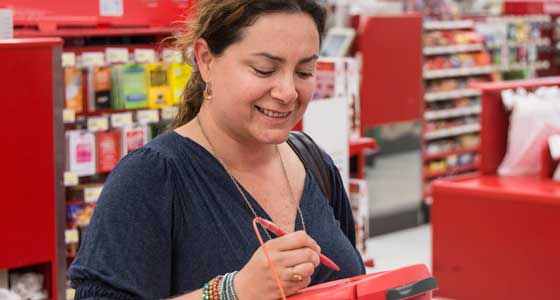Targeting Wannabe Healthy Eaters in the C-Store (Online Exclusive)
Consumer behaviors are shifting, and better-for-you products will play an increasingly important role in the convenience channel.

Convenience channel retailers and the food and beverage manufacturers that supply them need to get better acquainted with fence sitters—that segment of consumers who aspire to eat more healthfully but haven’t quite mastered it yet. That’s one of the key takeaways from a new report prepared for the National Association of Convenience Stores by the Hudson Institute using the Natural Marketing Institute’s (NMI) proprietary Health & Wellness Trends Database.
So who exactly are fence sitters, and why are they so important to the convenience channel? Fence sitters are one of five consumer segments identified by NMI, which has been researching and analyzing consumer attitudes and behaviors since 1999. According to NMI’s analysis, fence sitters represent 25% of the population and 38% of convenience store shoppers. The report labels them wannabe healthy eaters; they want to eat better and feed their families well but often find it challenging because they are stressed, short on time, and focused on convenience. And that, of course, makes them a critically important target audience for products that deliver on both health and convenience.
According to the report, “Health & Wellness Trends and Strategies for the Convenience Store Sector,” not only are fence sitters a large population cohort, but their numbers are growing. The number of consumers categorized in this way jumped 7% between 2009 and 2014.
The four other population segments NMI has identified and the percentage of consumers they account for are as follows: well beings, who are food purists and proactive about their health (20%); food actives, mainstream healthy eaters who seek balance (16%); magic bullets, who lack commitment to a healthy lifestyle (21%); and eat, drink, and be merrys, who skew younger, aren’t concerned about health issues, and focus on taste (18%). The Hudson Institute report points out that the number of eat, drink, and be merrys is decreasing (down 8% between 2009 and 2014), which underscores the importance of targeting consumers who are at least somewhat concerned about eating better.
The report recommends that convenience retailers focus more attention on products and messaging that meet fence sitters’ need for more healthful grab-and-go products. Specifically, because a high percentage of fence sitter households include children, the authors of the report suggest that convenience store retailers target them by creating a “to go” shelf, cooler, or section focused specifically on better-for-you products for children. Healthy breakfast fare also deserves some special attention, according to the report authors.
The following are among the important findings cited in the report:
- The importance of natural foods and beverages to convenience store shoppers has nearly doubled within the past five years; 62% of convenience channel shoppers say that natural foods are important to maintaining their health.
- The number of convenience store shoppers who say they are interested in healthy foods that can be eaten on the go has increased from 59% to 66% in the past seven years.
- Four in 10 convenience store shoppers (40%) say they are eating less junk food compared with a year ago.
Mary Ellen Kuhn is Executive Editor of Food Technology ([email protected]).
